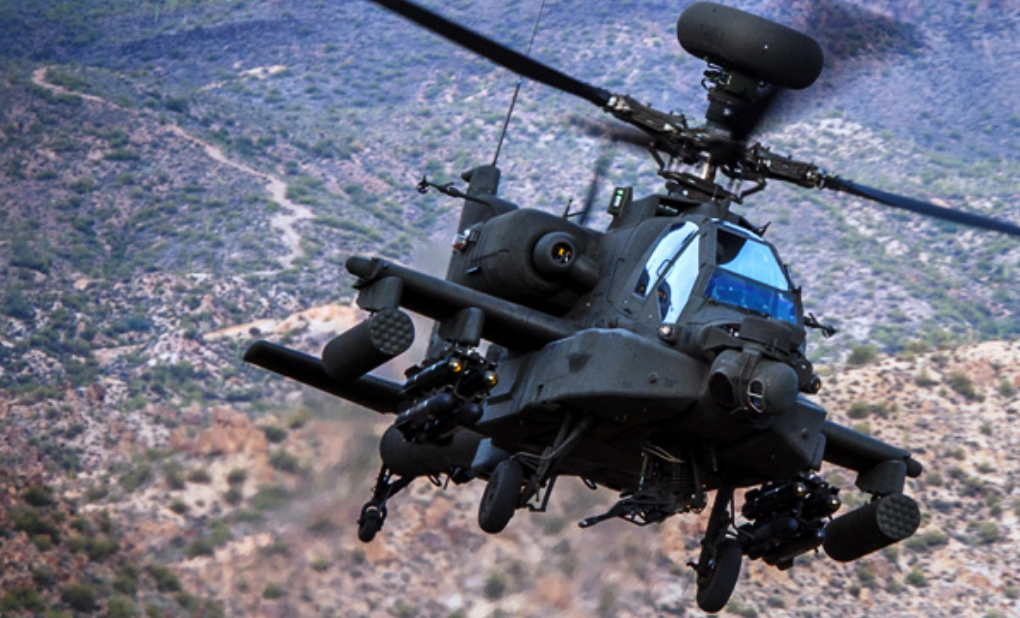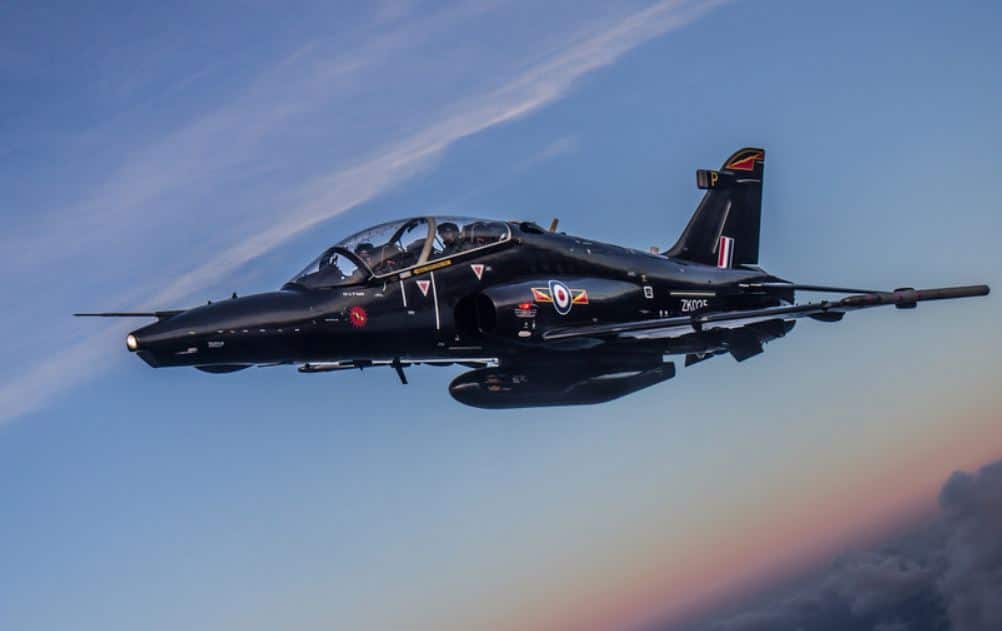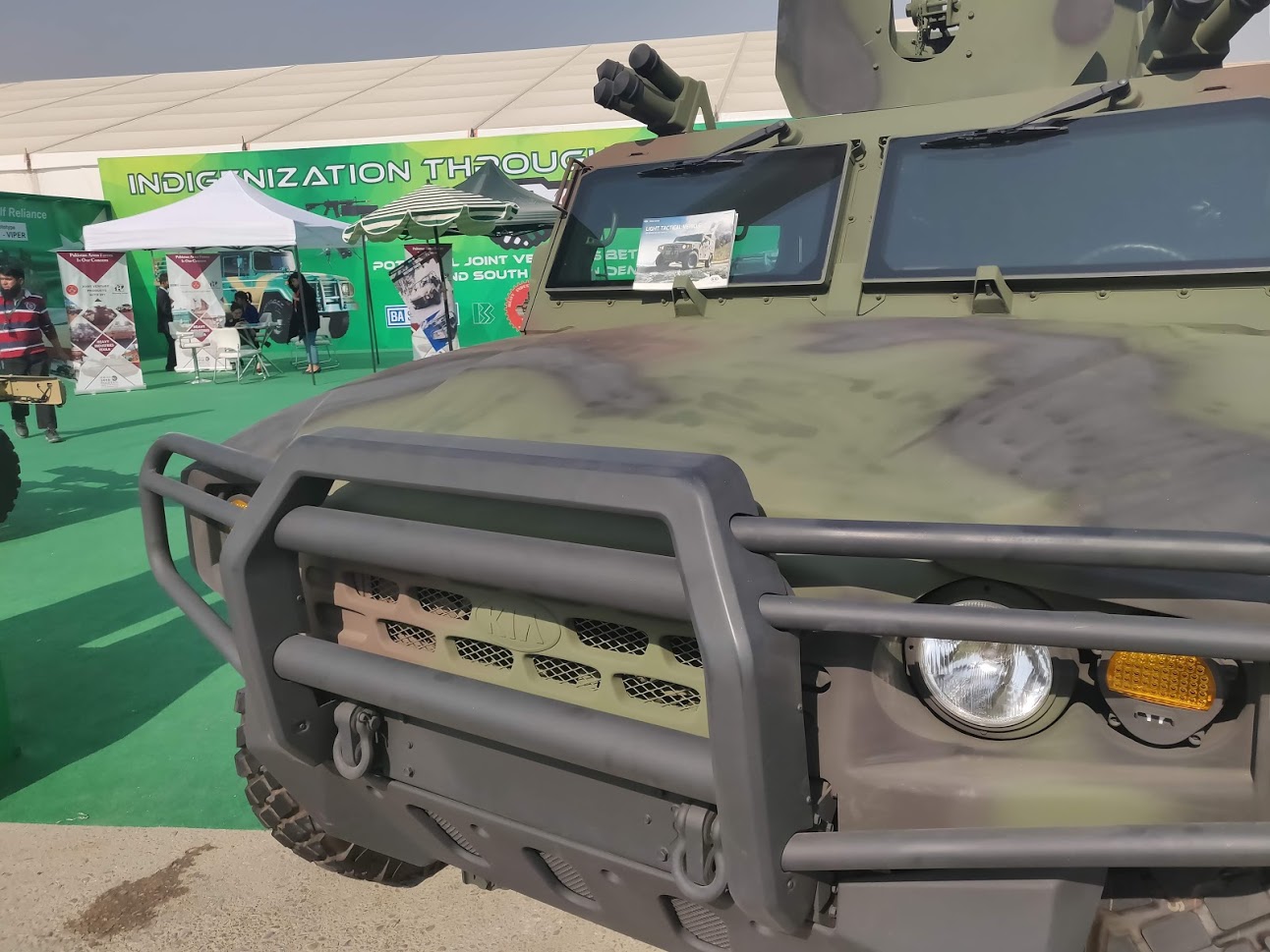2528Views 1Comment

Qatar orders 24 AH-64E Apache attack helicopters
Qatar has placed a $667.5 million U.S. order for 24 Boeing AH-64E Guardian Apache attack helicopters. The contract was announced by the U.S. Department of Defense on Tuesday. The Apaches will replace the Qatar Emiri Air Force (QEAF)’s SA-342 Gazelle lightweight attack helicopters by May 2020.
Comment and Analysis
Qatar formally requested 24 AH-64D Apache Block-III from the U.S. in 2014. In a complete contract valued at $3 billion U.S., Qatar sought to acquire the aircraft as well as a large inventory of AGM-114R Hellfire II air-to-ground missiles (AGM), Hydra rockets and Stinger air-to-air missiles.
The recently awarded contract of $667 million U.S. is for the aircraft and basic support equipment. In the coming months, Qatar will likely award contracts to other vendors to provide the avionics and munitions it had requested in 2014 (thus completing the $3 billion U.S. request).
There is no doubt that the AH-64E will offer a substantial capability boost to the QEAF, especially in terms of close air support. Compared to the SA342 Gazelle, which is a lightweight scout helicopter, the AH-64E will give the QEAF a platform with superior payload, which in turn can be utilized to deploy precision-guided air-to-ground munitions against a wide range of targets. For example, the AGM-114R Hellfire II – the latest variant of the Hellfire II series of laser-guided AGM – can be used against armoured vehicles and reinforced fixed installations alike.
The QEAF is in the process of not only replacing its legacy assets, but in significantly improving – or rather – elevating its capabilities. For example, the QEAF’s order for 24 Dassault Rafale multi-role fighters will not only replace its 12 Dassault Mirage 2000-5s, but double the size of its fighter fleet and imbue it with credible air-to-air and air-to-ground capabilities. In fact, the QEAF will equip its Rafales with the MBDA Meteor beyond visual range air-to-air missile (BVRAAM), which – while new – is already being recognized in some circles as a standard for BVRAAM technology. Qatar will also gain stand-off strike capability via the MBDA SCALP air-launched cruise missile.
Quantitative expansion and qualitative enhancement are evidently the core objectives behind Qatar’s modernization plans. The direct aims are not clearly understood, but once these assets are received and fully operationalized, Qatar will be able to contribute as a capable coalition partner, which in turn affords it a stronger voice on matters of regional defence and security.



1 Comment
by Mohsin E.
Official operational guideline for using Apaches in combat in GCC Armies: “Apaches are like Ferraris, just park em next to your enemy’s hot chicks and they’ll bow down to your king in prostration! If they fire at you, rev the engine and do donuts while firing cannon!”